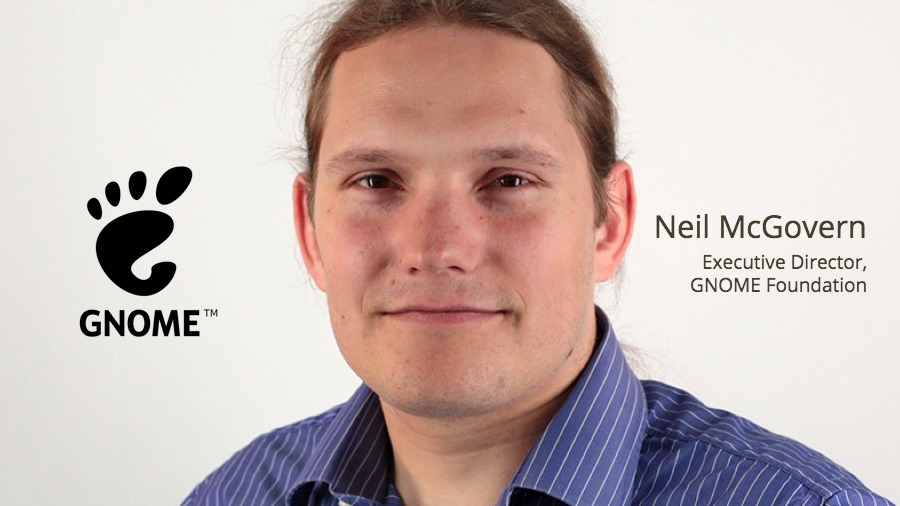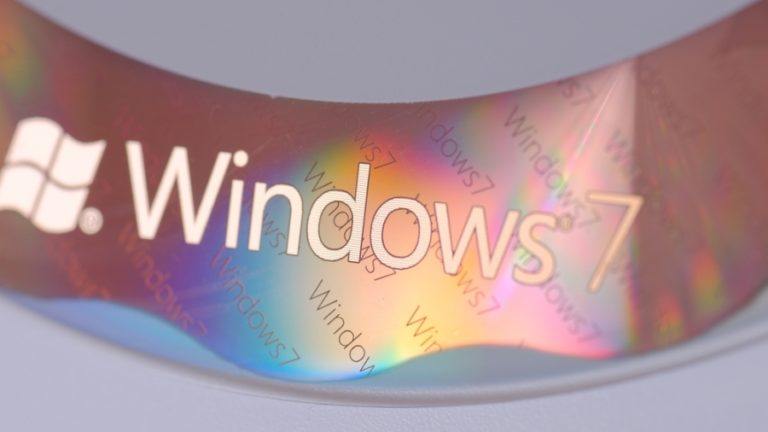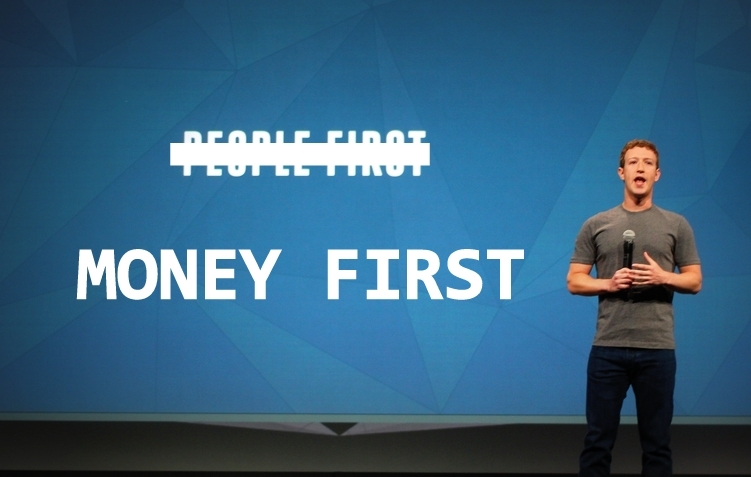An Interview With Neil McGovern, GNOME Foundation Executive Director: “Software Freedom, Users, And Technical Excellence Are Our 3 Pillars”

Earlier this year in February, the GNOME Foundation announced the appointment of Neil McGovern as its new Executive Director. He is a well-known figure in Free Software community; he served as Debian Project Leader from 2014-15. The GNOME Project, apart from developing GNOME desktop, also takes care of multiple other emerging projects.
We, recently, spoke to Neil McGovern and he was glad to share some interesting insights. Take a look:
Interview With Neil McGovern, GNOME Foundation Executive Director
Leading GNOME Foundation, which takes care of GNOME desktop development, what are your biggest challenges and focal points?
NM: The GNOME Foundation works to further the goal of the GNOME project: to create a computing platform for use by the general public that is completely free software, and designed to be elegant, efficient and easy to use.
There continues to be challenges in the traditional desktop space, with the ongoing “cloudification” of services, but that (I believe) won’t be the final resting point of people’s computing. Firstly, it assumes that the entire world is always connected, at all times, and this is simply not the case outside of major cities. Secondly, the move to shift data away from the desktop introduces very real concerns over privacy, and people’s ability to control their own computing.
What inspired GNOME Foundation to go ahead and back Librem 5 smartphone?
NM: We’ve been in contact with Purism for a while now, as PureOS is based on GNOME. Specifically for the Librem 5, I think the focus on the product is one that is excellent – a free and open source phone that puts the user back in control of their devices. This, combined with Purism’s proven ability to produce hardware should lead to a product that does just that.
Just like Canonical’s Ubuntu Touch, are there some future plans to create a dedicated GNOME version for smartphones?
NM: Well, GNOME has already been used in various smartphones, and there’s a considerable amount of frameworks in place that makes GNOME work well on touch-centric devices. The creation a separate version for these devices could split the amount of time people are able to give (remember: a lot of the contributions to GNOME are from volunteers).
There will be improvements we can make to GNOME in general to better service small screens, and touch displays. However, this doesn’t mean that GNOME will try and suddenly become an entirely touch-based environment!
How does leading GNOME Foundation feel like in comparison to your role in Debian development and other open source projects?
NM: I’ve found the GNOME community to be incredibly welcoming to someone who’s a relative outsider, although that’s not to say that other projects aren’t also friendly!
It’s an interesting comparison with Debian, as there are some similarities, but the governance structure is considerably different, and indeed is different from other free software projects as well.
Additionally, the GNOME core development community is somewhat smaller than the Debian one, which makes it easier to remember what everyone does. :)
About Ubuntu’s recent move to GNOME, do you feel even a biggest responsibility at your doorstep?
NM: Well, I won’t pretend that suddenly having tens of millions more users won’t impart a certain amount of pressure, and it’s very gratifying to think we’re doing something that’s enjoyed by users. I think it’s important that we continue to be driven by three pillars: Software freedom, our users, and technical excellence.
Which Linux distribution do you use? What’s your favorite gadget?
NM: Perhaps not surprisingly, I run Debian, and have done so for about the last 17 years. In terms of a “gadget”, I would probably have to pick my headphones. The ability to block out the rest of the world so I can concentrate on something is great at times :)
Recently, the Linux Foundation called 2017 “The year of Linux desktop.” What are your views on the same?
NM: Ah, the eternal year of the Linux desktop question! Part of the issue is that it’s quite hard to define what this means. For example, in 2016 Q1, Chromebooks outsold Macs for the first time in the US, and in March the Raspberry Pi Foundation announced that they had shipped over 12.5 million units. It really depends what is meant by desktop, which is becoming much more of a fuzzy definition these days.
I think it’s important to note that the GNOME project is more than simply a desktop. GNOME technologies have been used to build a range of highly successful consumer products. Additionally, I like to focus on the outcomes of the project, rather than simply the technology. By being independent, free (as in freedom), connected to the wider ecosystem, and people focused, the project puts software in the hands of end users.
We need to ensure that everyone can have access to computing, not just those who a) can afford a proprietary license or b) who have needs (be it language, or physical abilities) that are not met due to there being insufficient revenue in a particular sector.
Did you find this interview with GNOME Foundation Executive Director, Neil McGovern, interesting? Don’t forget to share your views and feedback.
Also Read: An Interview With Purism CEO & Founder Todd Weaver: “Expect More Librem 5 Partnerships In Near Future”






